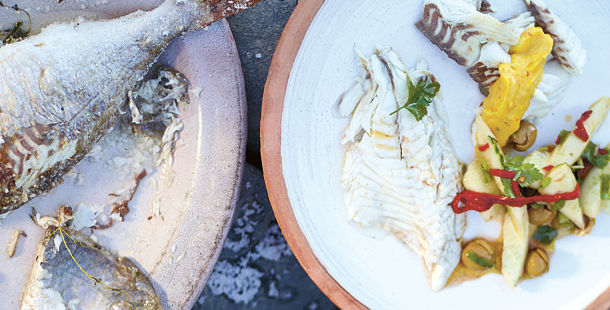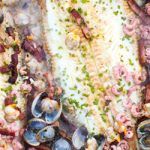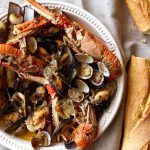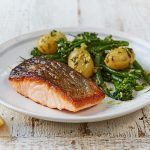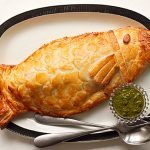On June 8th, World Ocean’s Day, I gave a sustainable fish presentation to the Diners at the OXO Tower Restaurant & Brasserie. The one section that really caught the imagination of the audience was how important it is to understand the difference between a fish that is caught ethically, causing little or no impact to other stocks or the environment, or a fish that is caught from a sustainable stock, one that has a stock certified sustainable at its current spawning stock biomass and levels of fishing effort applied. The stark reality is that sustainable and ethical can have absolutely no relationship whatsoever! Fishing method has no true representation as to whether the fish stock biomass is sustainable; it has a complete representation of its impact on the environment and the effect on any untargeted or undersized caught species (by catch). Line-caught fish from an over-exploited stock are ethical but certainly not sustainable, whereas beam trawled fish from a certified stock are definitely sustainable but certainly not ethical.
Fishing technique requires huge consideration, but as explained the method alone cannot be referred to as sustainable, a common misconception – only the amount of fishing effort applied to the stock will dictate as to whether it will be over exploited or not. Sadly the much over-used term ‘day boat’ also has no reflection on the sustainability of a stock. Species of skate, certain dover sole, cod and plaice stocks, halibut, turbot, Torbay sole, tub gurnard and various stocks of Pollack, for example, can all be targeted by day boats but are rated by the Marine Conservation Society (MCS) as a fish to eat very occasionally or to avoid. One must clarify that there are day boat fishing methods which are of low impact, thus perceived as ethical in terms of overall impact – Pots, creels and short lines, for example. Maybe you were already confused when trying to choose a fish to eat, but after considering all of the above I may have escalated the problem? The most important piece of advice I can give is do your best to research and understand which species are caught by which method. Each fish species can be allocated one of three specific target areas; Benthic (bottom dwellers), Demersal (Living near the bottom), Pelagic (Midwater). Without understanding this, one will never be able to make a judgment about the environmental impact of certified or non-certified sustainable species – Science doesn’t get more complex than fisheries science.
Matthew Couchman – Depot Sales Manager, Southbank Fresh Fish, London
Have a look at some of Jamie’s gorgeous fish recipes right here.
